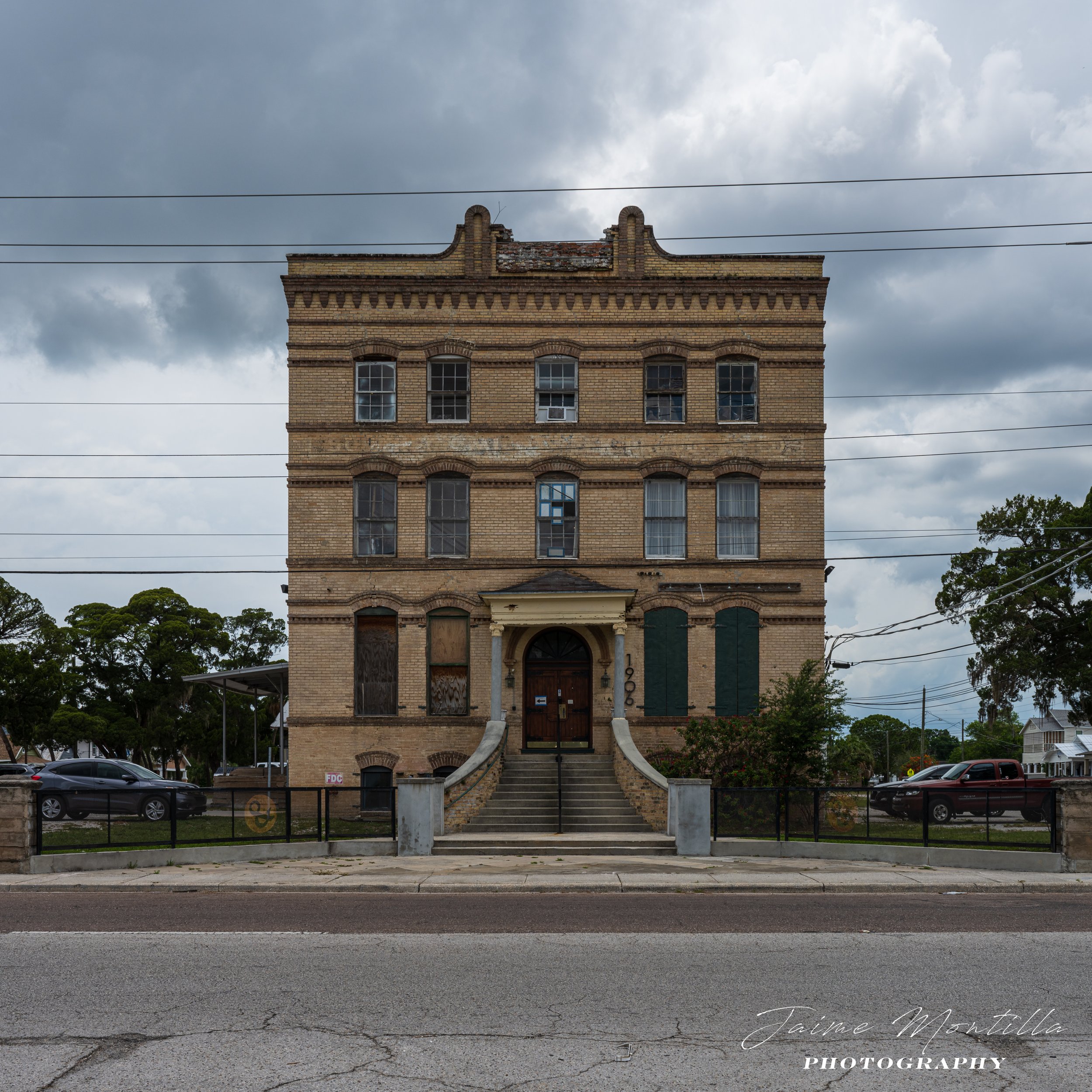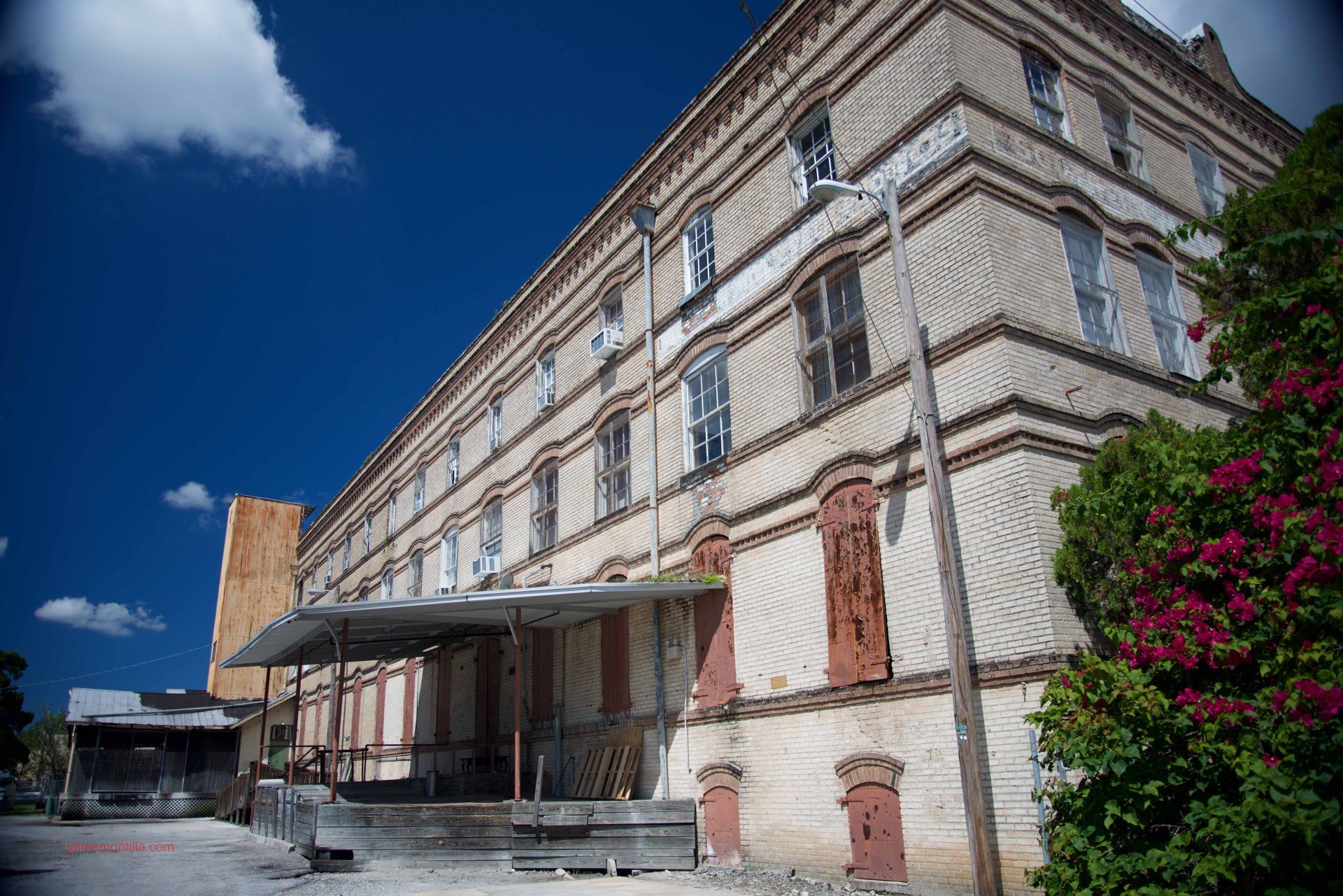
A. Santaella & Co.
West Tampa
Antonio Santaella (1863-1948) was a Spanish immigrant from Seville, Andalusia whose family relocated to Cuba in the 1870s. At a very young age, young Antonio worked in and learned the cigar trade in Cuba. In 1880, the family moved to Key West where Antonio's father operated a small fleet of boats and where Antonio continued to work in the cigar manufacturing industry. In 1886 Antonio moved to Chicago and opened his own cigar manufacturing business which he closed in 1889 when he relocated to New York City and again established a cigar factory. While in New York, in 1890 Antonio met Sol Hamburger (1857-1903), a German immigrant from Aschaffenburg, Bavaria who was involved in the cigar wholesale business and in 1891 they became business partners and began manufacturing cigars in 1886 at a factory in Key West before coming to Tampa.
According to the document TAMPA’S HISTORIC CIGAR FACTORIES: MAKING A CASE FOR PRESERVATION by Brian Koepnick, A. Santaella & Co. moved to Tampa in February 1900 to a frame building owned by the Armina Cigar Co., a company owned by Hugh C. Macfarlane at 2202 N Armina Ave.* on the northwest corner of Armina Ave. & Spruce St. Macfarlane would rent out this factory building which was later occupied by La Compañia Dominguez Cigar Factory until November 1903 when they went out of business. Starting in January 1904 it was occupied by J. M. Martinez & Co.
A. Santaella & Co. grew to be one of the largest and most profitable cigar manufacturers in Tampa. Among its best known brands were Flor Mia, Alluro, Optimo, El Capitan General, Centropolis and Best of the Best. Optimo was a very well known brand whose customers included Sir Winston Churchill and Babe Ruth.
"The Babe loved Tampa and personally visited the factory often to buy cigars and sign autographs"...Cigar City Magazine.
In April 1900 just two months after beginning operations, A. Santaella & Co. success was such that they saw the need to expand. That summer they moved from the Armina Ave. & Spruce St. location to a new brick factory building on the corner of Howard Ave. & Pine St. In March 1904 Santaella moved from the Howard Ave. & Pine St. location a new building at 1906 N Armina Ave. In November 1904 the Howard Ave. & Pine St. factory building was purchased by the Leopold Powell Cigar Co. who moved there from their factory on the southwest corner of Armina Ave. & Walnut St. The San Martin & Leon Cigar Co. moved to the Howard Ave. & Pine St. factory building in 1914 when they acquired Leopold Powell Cigar Co.
A. Santaella & Co. new factory building at 1906 N Armina Ave. and its entire tobacco stock burned down just one month after moving in during the April 4, 1904 fire that started at Mugge's Spanish Ten Pin Alleys on the corner of Howard Ave. & Pine St. and raged through West Tampa destroying more than one hundred structures including five cigar factories, among them those of Guerra, Diaz & Co., L. Sanchez & Co. and J. M. Martinez & Co. Ironically, due to the winds blowing from the northeast, the fire spared the Leopold Powell Cigar Co. factory building that A. Santaella & Co. had previously occupied, which was catty-corner from where the fire started.
To avoid a similar catastrophe, Santaella acquired all the properties in the block between Armenia Ave, Spruce St., Chestnut St. and Tampania Ave. where his burned down building was, demolished all the structures still standing and built this 58,650 sq. ft. building which opened in October 1904. When completed, this was the largest cigar factory building in West Tampa and one of the better equipped. In 1905 a large 100 foot extension was added to the rear of the building making the factory the largest of its kind in Tampa.
Due to labor problems between 1919 and 1922, A. Santaella & Co. opened and closed branch factories in Key West, New Orleans and Waycross, GA. By the end of 1922 A. Santaella & Co. was employing over one thousand workers in all its factories and continued to expand when in 1928 they occupied the vacant Samuel I. Davis factory building which operated until 1920 when it was relocated to new Orleans due to a worker's strike. In 1946 they opened a factory in Clearwater, FL to produce their Optimo brand which was operational until 1989. After Antonio Santaella died in 1948, his son-in-law continued to manage the business until it was sold to the Universal Cigar Co. in 1955.
Along the front and sides of the building as pictured below on September 2015, are the faded words "Southern Mill Creek Products Co." which at one time occupied the building. On December 14, 1969 the property was sold by Marnell Storage Corportaion, represented by Herbert Friedman, to A. C. Kotler and L. L. Falk. Then on on August 22, 1997 the factory was sold by Kotler and Falk to Ellis-Van Pelt, Inc. In 2007, Ellis-Van Pelt, Inc. converted portions of the factory into the "West Tampa Center for the Arts" with the upper floors of the factory converted into lofts for artists to work in. The rest of the building was used for warehouse space and a furniture clearance center. Throughout the building, the Ellis-Van Pelt families have saved and displayed cigar related artifacts that were found when they purchased the building. An interesting interview with W. Gray Ellis of Ellis-Van Pelt. Inc. and tour of the building can be seen in the YouTube below. Claims exist that the old building is haunted, in 2006 Tampa Ghost Watchers studied the building but their results were never posted.
On March 19, 2018 Ellis-Van Pelt, Inc. sold the property for $3,200,000 to Armenia LLC, whose partners are Michael Hettrich and Phil Farley according to this article in the 83degrees website. As part of the remodeling work being done by Hettrich and Farley, the building exterior was to be painted white. Painting began in 2019 but faced opposition from locals. To the best of our knowledge, the Tampa City Council also looked at the possibility of designating old cigar factories within city boundaries as historic sites in order to preserve them. As of May 2013 when the first two pictures were taken, the exterior repainting had not changed from when photographed for this July 31, 2019 article in the Tampa Bay Times.
__________________________________________________________________________
*Armina Ave. was the original name of Armenia Ave. we know today







